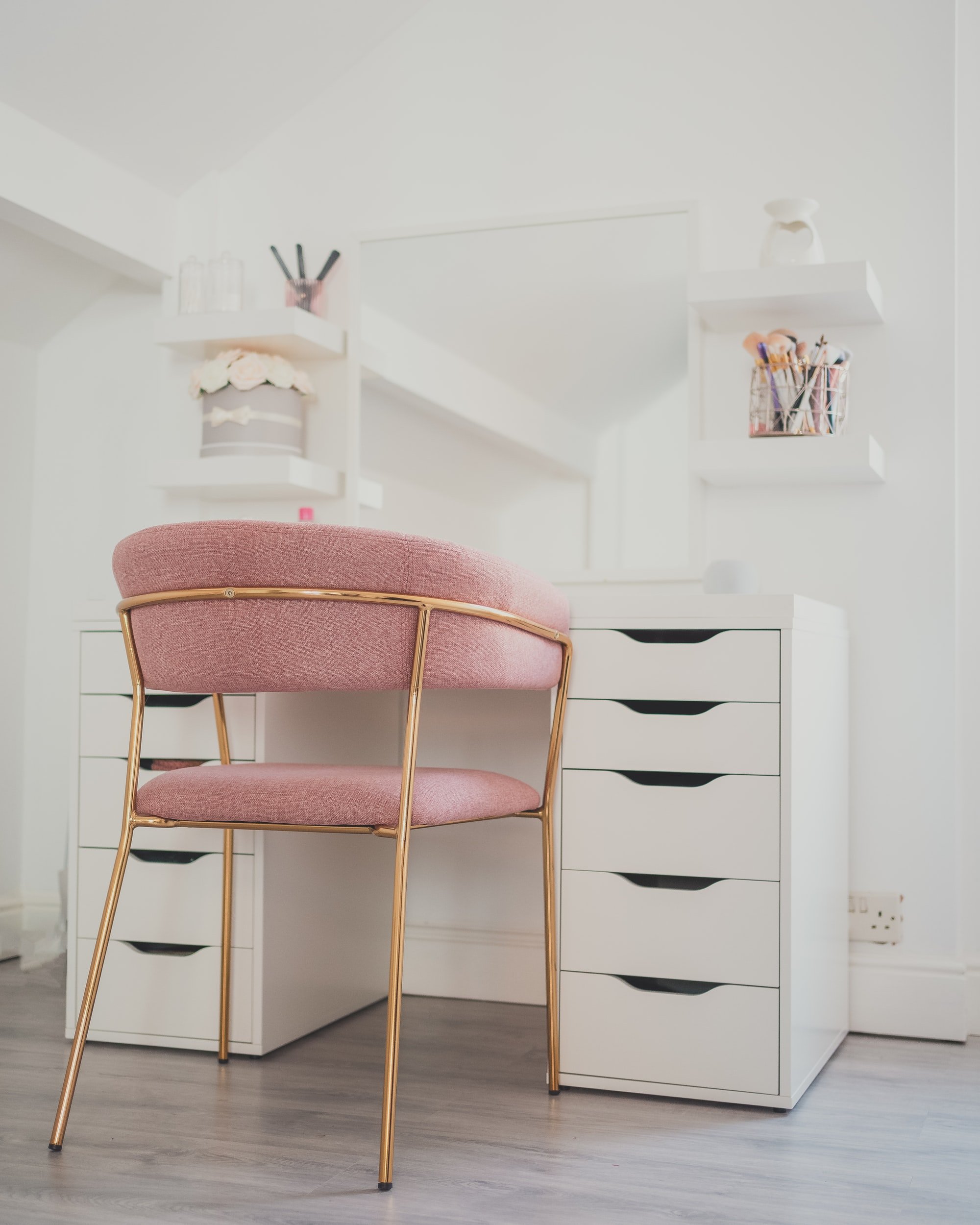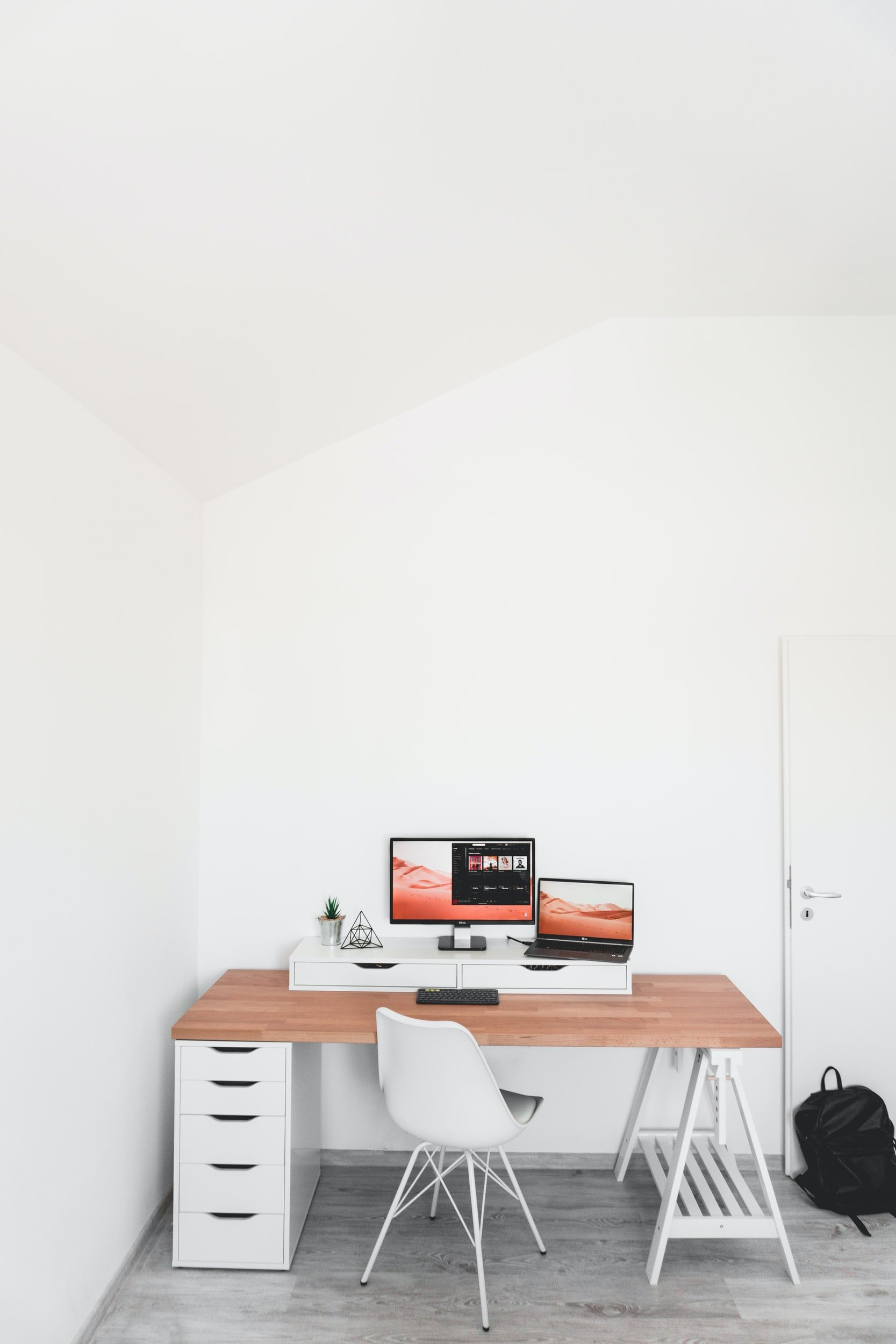Tips For Building Your Very Own Home Office Desk
For many of us, working from home is no longer a novelty, it’s a lifestyle. However, despite all the changes in working over the last couple of years, some of our homes are still playing catch-up. Practically, many of us still haven’t adjusted to a new normal. I mean, how many of us are still working on the couch or the kitchen table? And in doing so, we’re creating all kinds of ergonomic problems which will come back to haunt us in the future (if they haven’t already).
For many, the obvious solution is to go out and buy a purpose-built home office desk. However, if you’re a bit of a DIY enthusiast, it can be exceptionally rewarding to make one yourself. You can use the highest-quality materials and, if you’re lucky, learn something at the same time. What's more, you can include all the features that you need, like USB ports and biometrics.
Read on to learn how you can build your very own home working desk…
Start With The Surface
The surface is the thing that your monitor, keyboard, mouse, and stationery sit on. Usually, it’s just a big slab of wood, or MDF if you’re looking for a cheaper option.
When it comes to surfaces, it pays to go big. Measure your home office or working area space and consider the maximum size that the surface could be. Make sure that it has enough depth for both your monitor stand and keyboard. Three feet should be enough for most remote workers.
Wood prices can be high, particularly recently, so you have options. If you go for hardwood, expect to pay around £120. If you choose plyboard or something cheaper, then you could spend as little as £10. Ideally, you want a piece of wood that’s easy to work with. Remember, you’ll need to attach legs at some point.
The Legs
Speaking of which, when it comes to legs, you have a lot of options. If you're on a strict budget, you can make legs from industrial piping. If you have a little more money, you can get cheap legs from flatpack furniture outlets. Those with a little more money will want to consider legs made of continuous pieces of wood. Expect to pay around £35 for a set of four if you opt for pine, and double that if you choose hardwood.
Fixing legs to surfaces can be challenging. You need to make sure that the table has strength. Always choose high-quality fittings from vendors such as Scrooz. Make sure that your screws are suitable for woodwork, and not other materials.
Install Drawers
If you are feeling adventurous, you can install drawers. These are super helpful for stashing your external hard drives, USB sticks, pens, notepads, and whatever else you might have lying around your office.
If you want, you can attach the drawers to the underside of the surface. However, you may find it easier to fit a standalone unit that sits next to you on the floor.
Lastly, drill holes for cable management, and then add anti-sag stiffening pieces between the legs and the surface to stop the desk from deforming over time.





